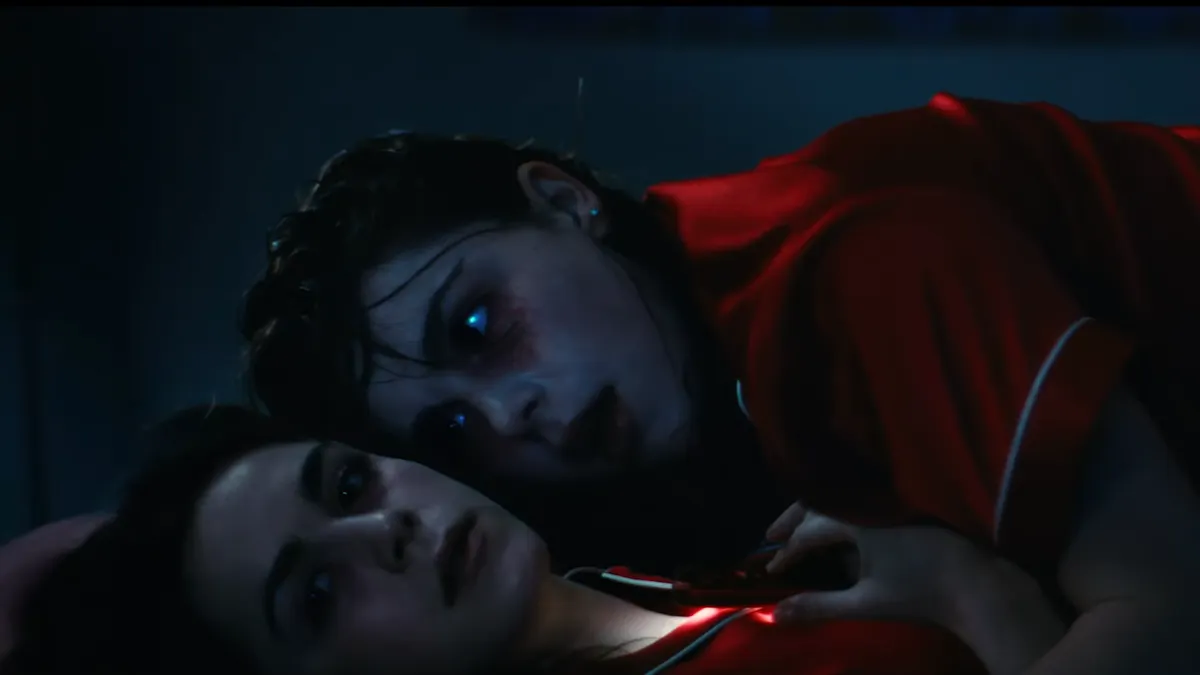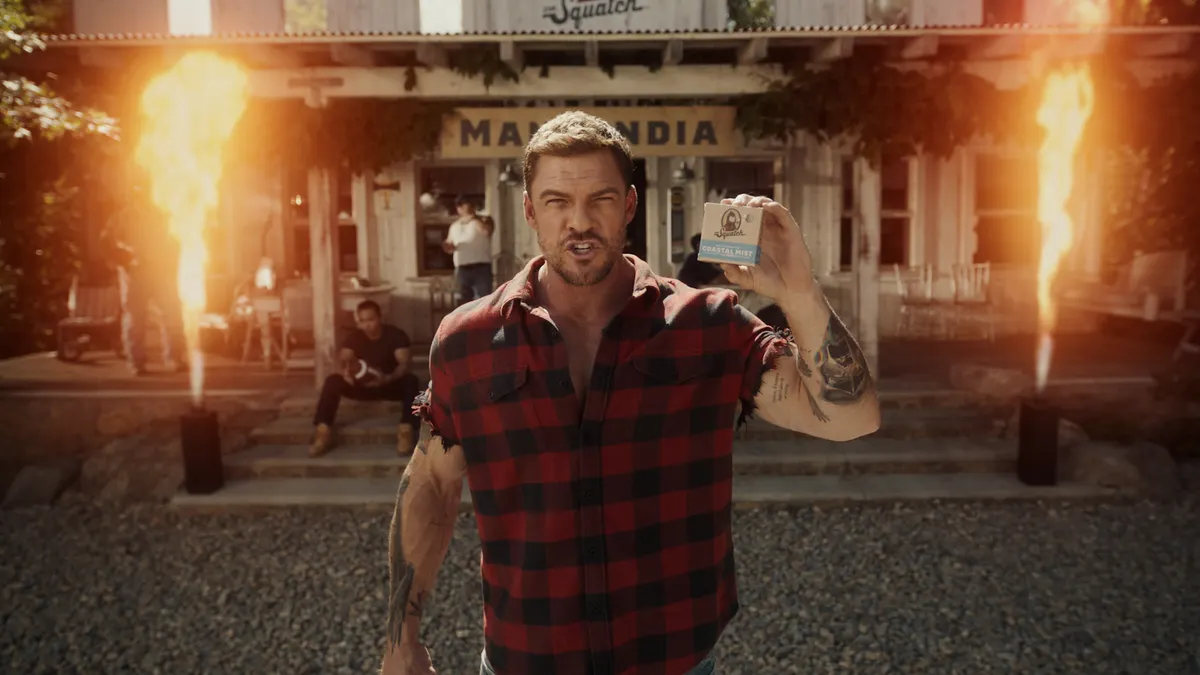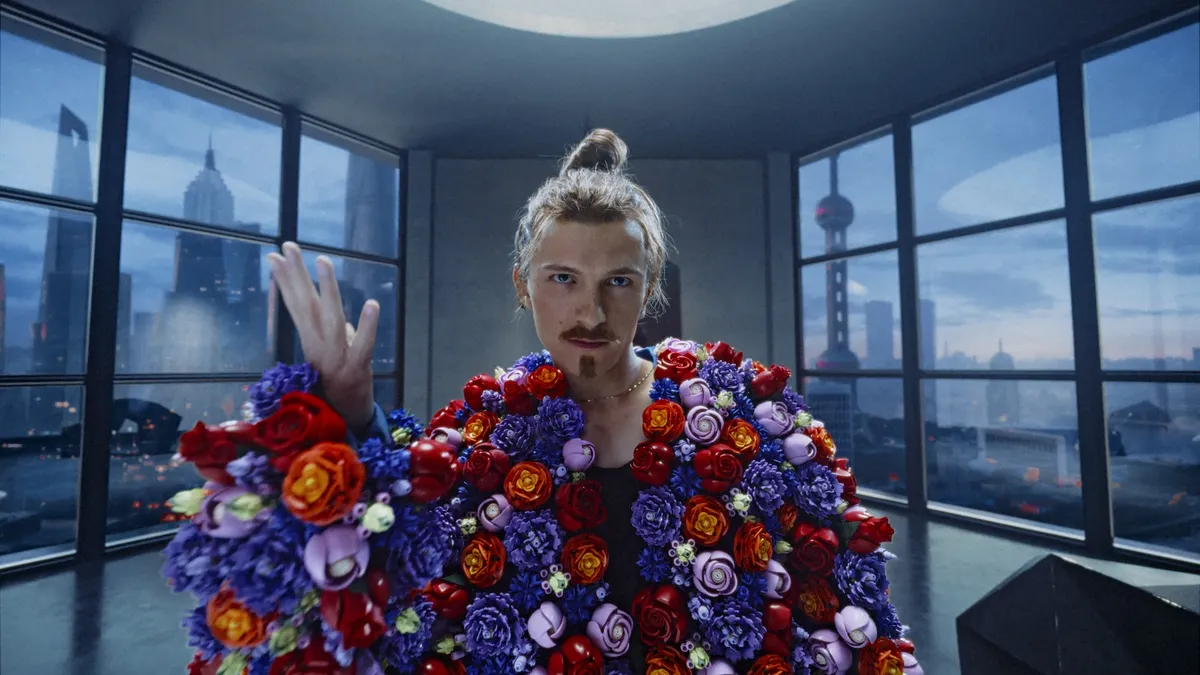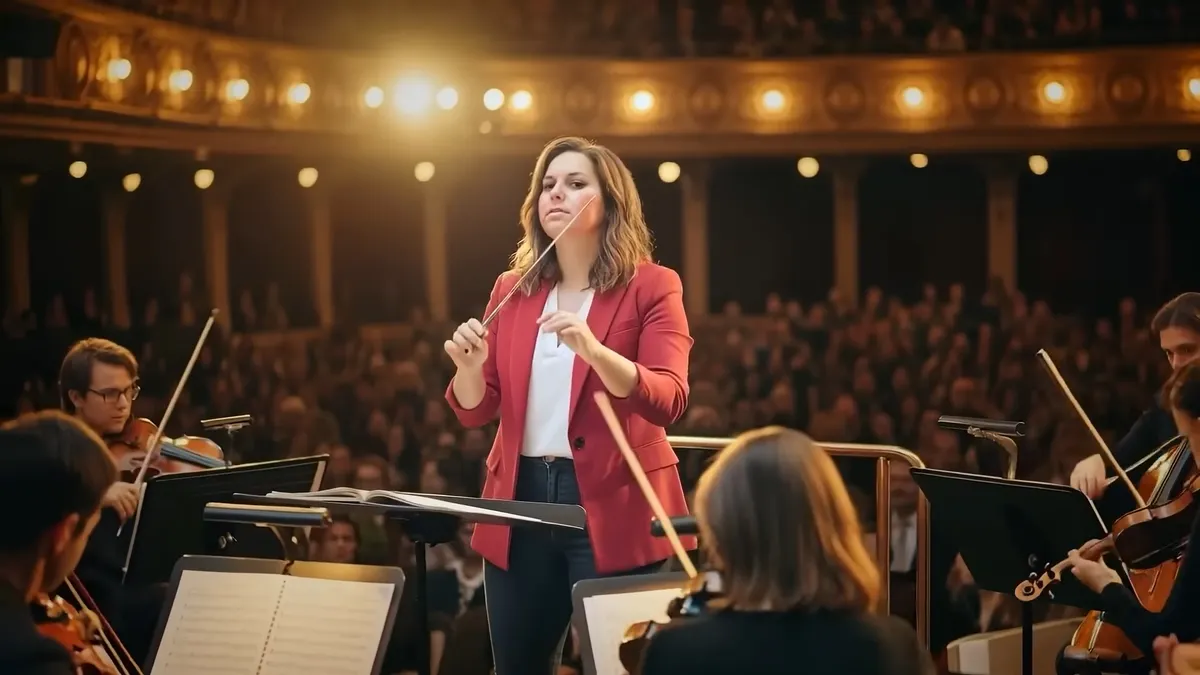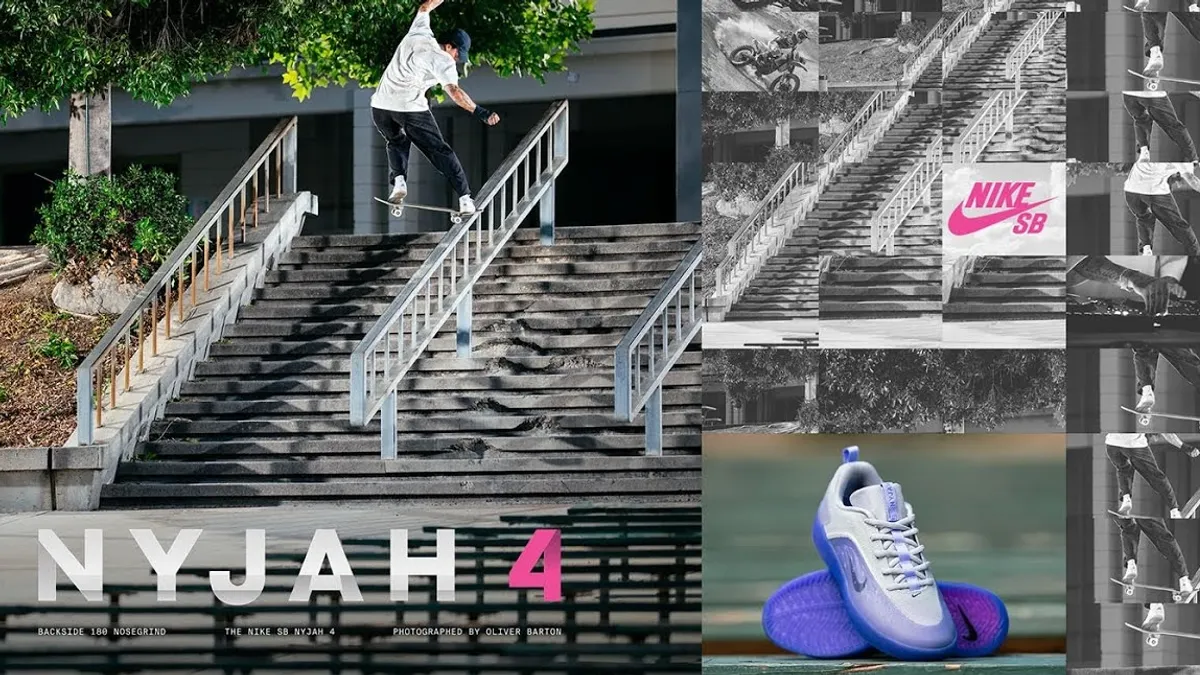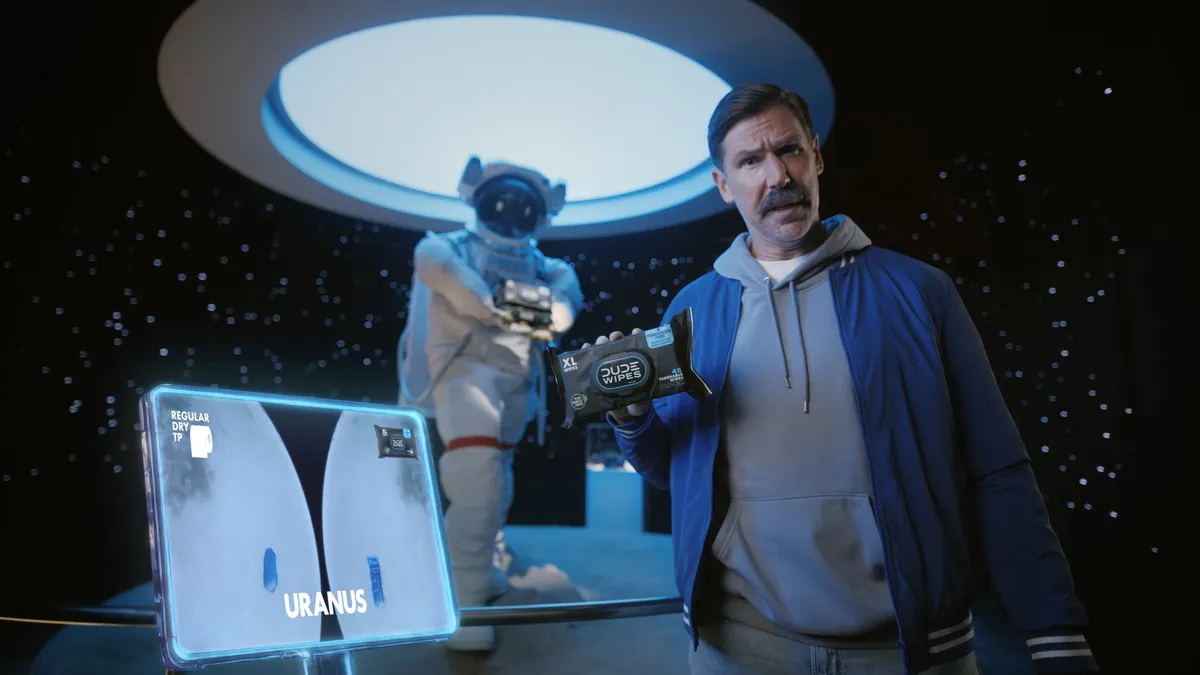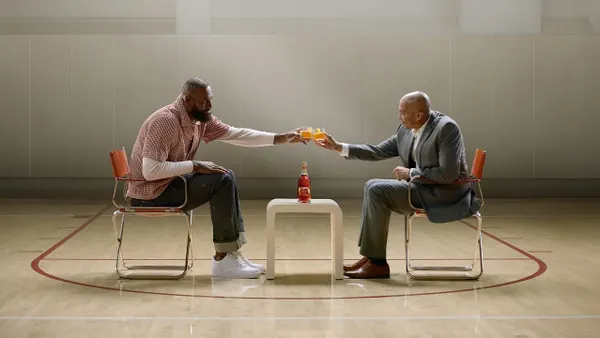Campaign Trail is our analysis of some of the best and worst new creative efforts from the marketing world. View past columns in the archives here.
Can an image elicit a sound without actually making one? In its latest marketing campaign in central Europe, Coca-Cola tries to capture uniquely audio moments — the crack of a soda can or the fizzing of bubbles — through static photos in print and out-of-home ads.
A series of macro stills featuring the caption "try not to hear this" challenges viewers to avoid playing the sounds in their heads, while simultaneously taunting them to do so. The reverse psychology is meant to stimulate an auditory illusion that highlights how the iconic sounds made by the 126-year-old soda giant's products have seeped into our subconscious, linking images of Coca-Cola to the refreshing feeling of a cold drink.
"Coca-Cola is kind of making fun of you here, like, 'Try not to hear this. Ha! You can't,'" said Ricardo Casal, executive creative director of David Miami, the agency that developed the campaign for Coca-Cola. "That playfulness and cockiness is important for this idea because I think that nowadays, brands shouldn't take themselves too seriously."
The campaign debuted in magazines and billboards in Estonia, Serbia and Slovenia in late April. Despite running in a smaller market, the ads snagged an estimated 85 million impressions around the globe within their first three days due to organic social chatter and media coverage. Coca-Cola now plans to expand the campaign to the rest of Europe in the coming months, per David Miami executives.
Iconic brands only
Coca-Cola's creative certainly lands on some levels. It's not hard to imagine how the universally recognizable product captured the precise moments one would expect to hear a distinct sound, stimulating an auditory sensation. The visuals and sounds they're linked to are so iconic that the ads could easily fit into any culture (after translating the line of copy, of course) despite showing little branding. While few companies can effectively execute this type of campaign, well-known players like Coca-Cola possess the global clout and loyalty that newer brands just can't yet muster. Only after generations of working its way into consumers' mental vaults can a brand trigger an association by merely suggesting a sound.
According to Juan Peña, executive creative director at David Miami, the campaign centers on the idea of "iconicness."
"If Coca-Cola did it in its second year, 124 years ago, I don't think it would've worked. It needed decades of building a brand heritage and legacy," he said.
While David Miami's team selected which images to feature in the campaign early on, the real challenge was nailing down the perfect line to accompany them.
"We needed a line that was confident enough to flaunt that 126-year-old legacy, but we didn't want to sound completely arrogant, either," said Alexander Allen, David Miami copywriter.
The team tested several lines within the agency to see which struck the right balance.
"Coca-Cola is a confident brand. It's the leader in its category so it has the authority to speak with that confidence," Peña said.
Swift turnaround
Typically, advertising campaigns require months of back-and-forth, with the client and its agency refining and testing creative to settle on imagery, copy and strategy. This campaign took a different, more accelerated route.
"The first time our team showed this to Juan [Peña] and me, we got chills," Casal said. "We knew we had something special, and we aired what we presented [to Coca-Cola] in the first round. That usually doesn't happen."
Along with understanding the brand and its values, keeping the ongoing theme of iconicness for Coca-Cola in the back of David Miami folks' heads gave the team the ability to quickly develop the concept, Casal said. Just seven days after pitching the idea to the beverage brand's central Europe unit, installation began on the billboards.
A broader look
Coca-Cola's latest ads come on the heels of a broader marketing trend around audio as brands seek creative ways to stand out and drum up recognition. One frequently explored tactic is autonomous sensory meridian response (ASMR) content that asks consumers to listen to relaxing stimuli like whispering voices or, in Applebee's case, sizzling meat. Some brands are taking auditory marketing to the next level and introducing sonic identities, a short series of chirps and sounds, that can uniquely represent a company in ads on music streaming platforms or smart speakers.
Because Coca-Cola's creative is static imagery, it's not true ASMR, Peña said. Instead, the posters that seem to spark refreshing sounds in one's head spark synesthesia, an auditory illusion caused by the crossing of two senses in the brain.
"In this case, we're pushing what print can do with ads that finish in people's heads. It's sort of like turning your brain into a radio," Peña said. "Every year you hear, 'print is dead,' but I think ideas like this prove how print, out-of-home and a static image with copy can be so powerful and trigger emotions, which is what advertising at the end of the day is supposed to do: tell stories and generate emotions."







